Baldur’s Gate 3 is a challenging game, but the combat turns into a slog during Act III. This brings the action to a halt because it is a turn-based RPG.
Baldur’s Gate 3 adapts the D&D 5E ruleset to a video game form. This means the combat has to be turn-based, unlike the older Baldur’s Gate games, which attempted a hybrid pause/real-time approach. As all characters must resolve their actions during their turn, the pace of battle is dictated by the number of enemies on the field.
Related: Baldur’s Gate 3: All Missable Side Quests & Content in Act 3 of BG3
Baldur’s Gate 3 Act III Has Too Many Massive Encounters
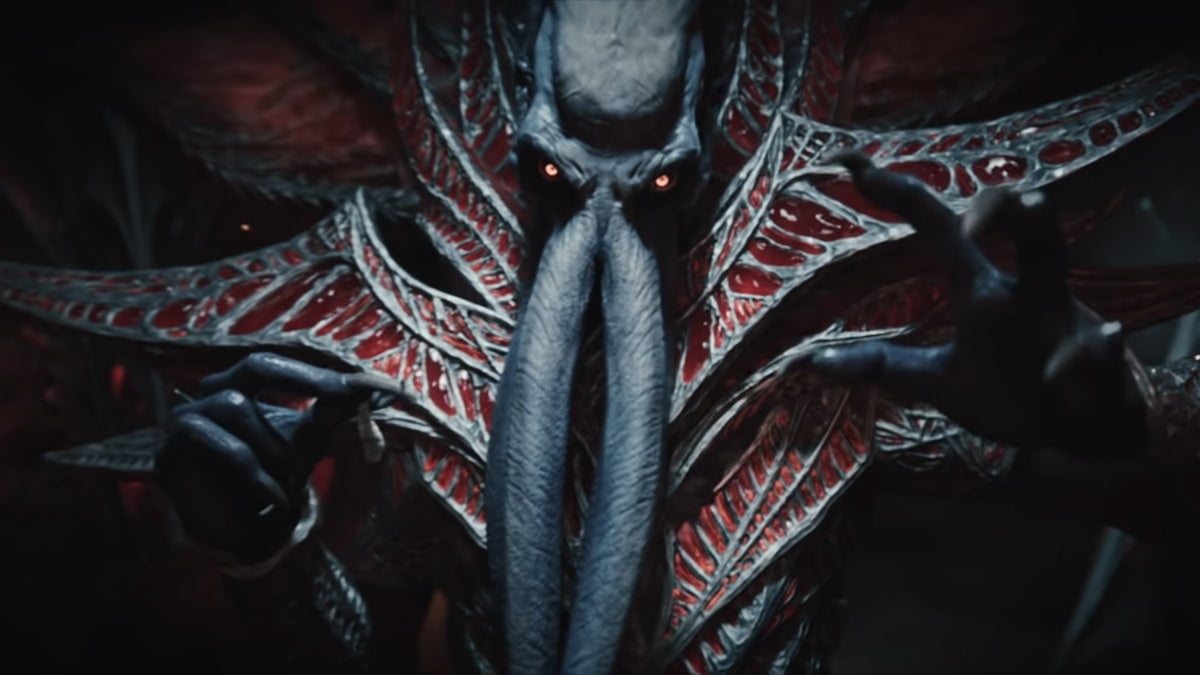
For the most part, Baldur’s Gate 3 manages its difficulty well. The player is restricted to a four-character party (barring the occasional guest character), so most of the encounters in the game are balanced around that setup. Throughout Act I and II, the player will face squads of weaker enemies and solo boss units that require teamwork to finish them off.
However, things start to fall apart at the end of the game as the battles get ridiculous. As Act III goes on, the player faces massive groups of enemies, with the House of Grief and the final run of combat encounters testing the player’s patience as the four-man party gets swarmed by tons of enemies.
The issue isn’t so much that these battles are complex; they take forever to resolve the enemy’s turn. The player has to sit there while the computer controls the units and slowly moves them across the battlefield as their turn goes on forever. Meanwhile, the player is restricted to the same four characters, with a limited number of actions each turn, all tied to dice rolls, meaning they can still miss. Also, enemy units love to try out status effects, some of which can stun party members, meaning more waiting around for the player.
If the player has gathered allies for the final run of battles, these can be summoned to work alongside the party. The problem is that these units are also controlled by the computer, which means sitting through even more turns as the AI fights itself for the fate of the city of Baldur’s Gate 3.
Related: Baldur’s Gate 3: 5 Best Items To Save For Act III
Baldur’s Gate 3’s Level Cap Is Part Of The Problem
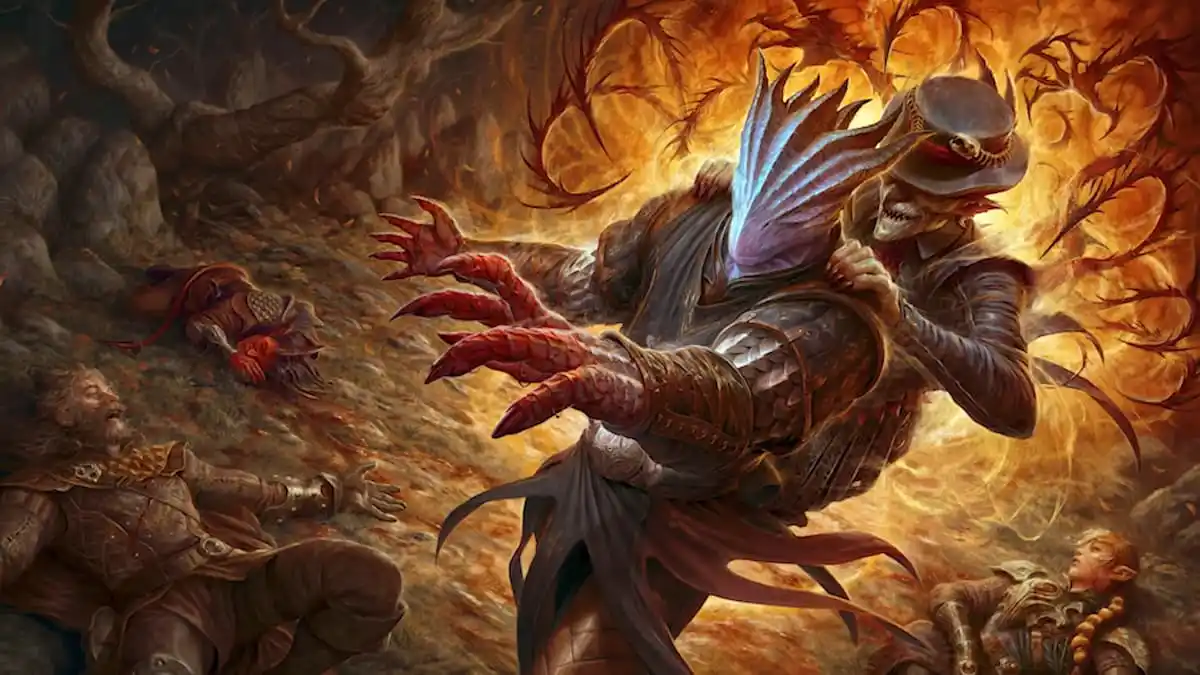
This problem is due to the Baldur’s Gate 3’s level cap, which maxes out at 12. The problem is that most players will hit that long before reaching the end of the game, especially if they’ve been completing many side quests along the way, so they’ll be at their strongest for a chunk of the story.
This is odd for an RPG or a video game in general, as maxing out the party’s level is something that usually only completionists do. Chances are, most people who complete Baldur’s Gate 3 will max out their level before seeing the credits.
To ensure the game is challenging, the developers seem to have over-egged the pudding when it comes to the enemy encounters, as combat is made difficult by the sheer number of enemies. This would work well in an action game, as the finale is filled with grueling encounters that test both the player’s skill and endurance, but in a turn-based RPG, all it does is test the player’s patience.
How Baldur’s Gate 3 Can Fix The Issue
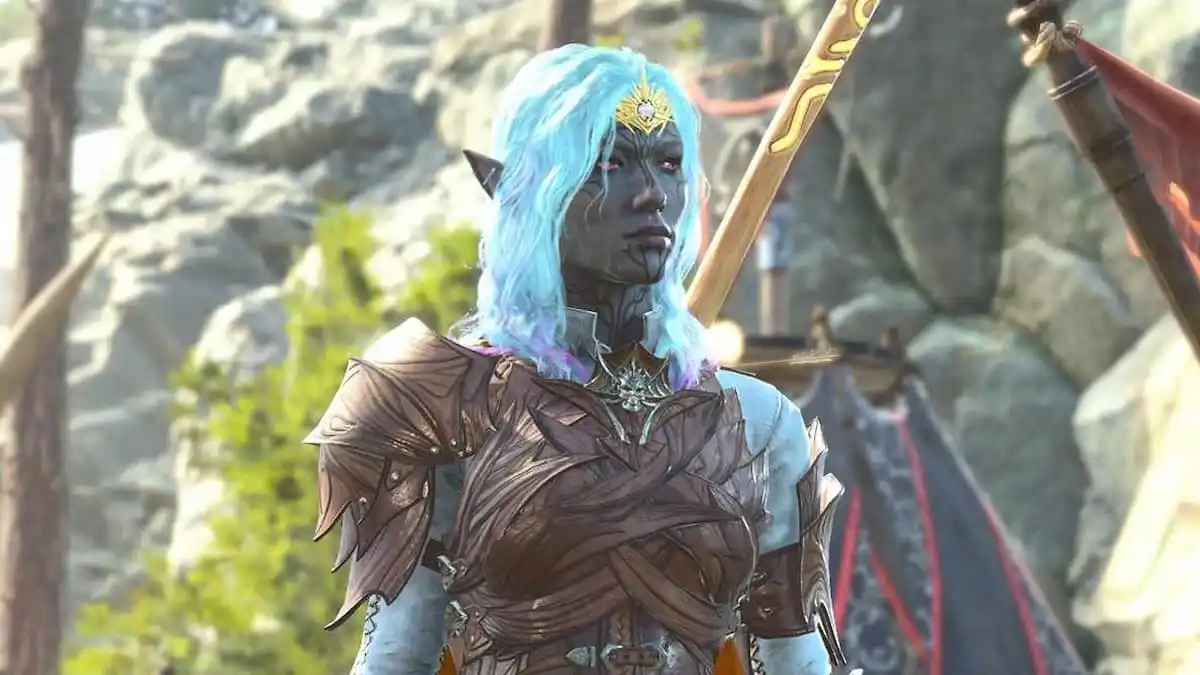
If the developers didn’t just want to throw armies or beefy foes at the player, they still could have done interesting things for the final battles. We already saw a few interesting gimmick battles throughout the game, such as Auntie Ethel and her magical copies, and similar concepts could have been used throughout.
These could have included enemies battling in an antimagic field, forcing the players to rely on certain equipment or spells to achieve victory; a Demon Wall from a Final Fantasy-style boss, where the combat area gets smaller each turn; a boss that has the Legendary Actions feature from D&D 5E, who can counter or react each time the player moves, forcing them to change strategies on the fly.
As it stands, it feels like the most interesting concepts were used early on to entice the players further. Anyone dedicated enough to reach Act III likely has an incentive to keep playing and see the end of the story, so the devs didn’t have to put as much effort into them.
Related: Baldur’s Gate 3: What’s The Level Cap?
If Baldur’s Gate 3 hit the D&D level cap of 20, the game could have been challenging with powerful high-level foes. Instead, the player has to deal with battalions of mooks that try to whittle down their resources, killing the pace at the end of the story, leaving only those who care about the ending to push on ahead.

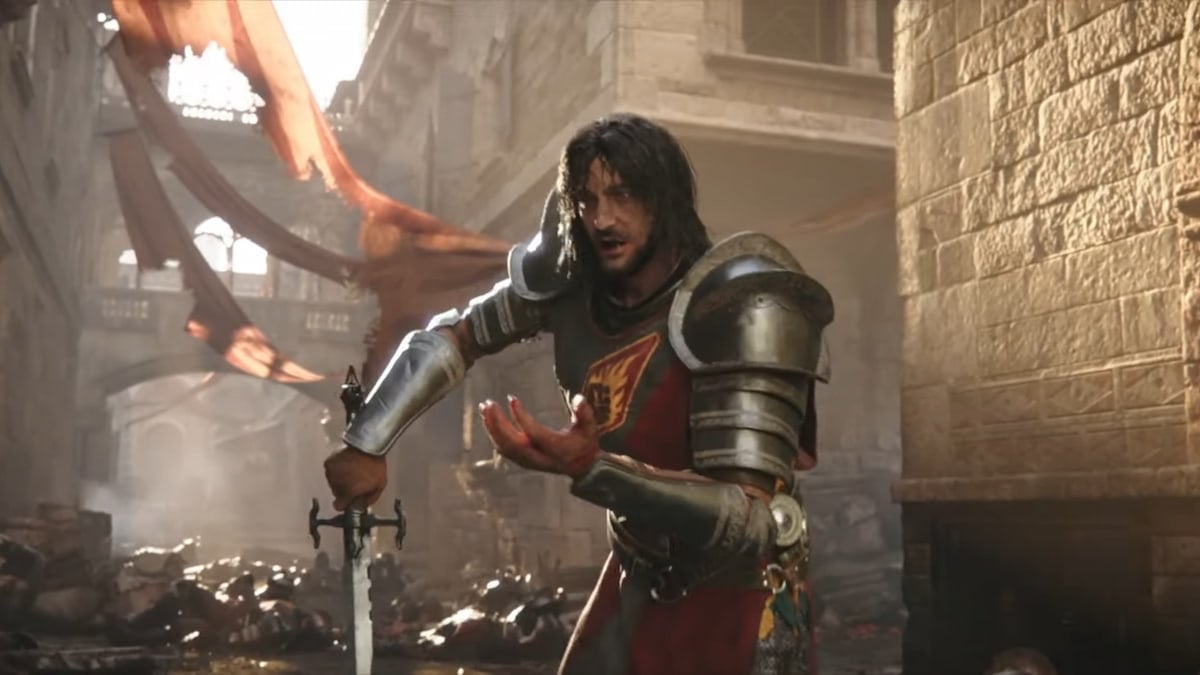
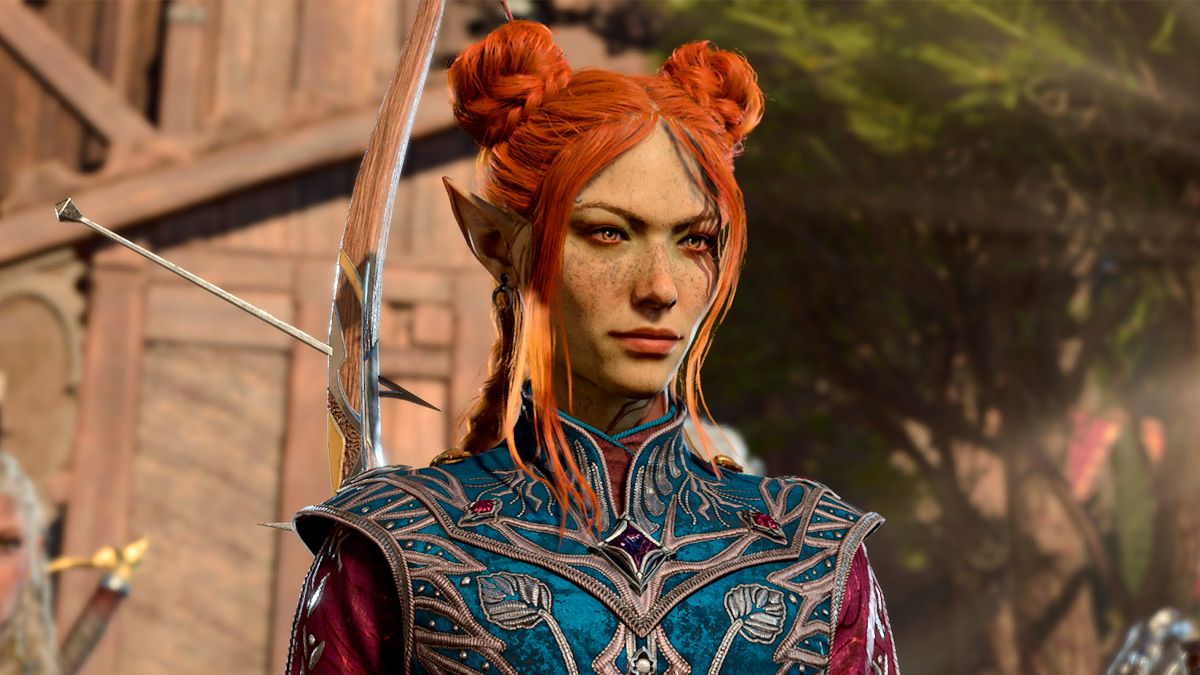
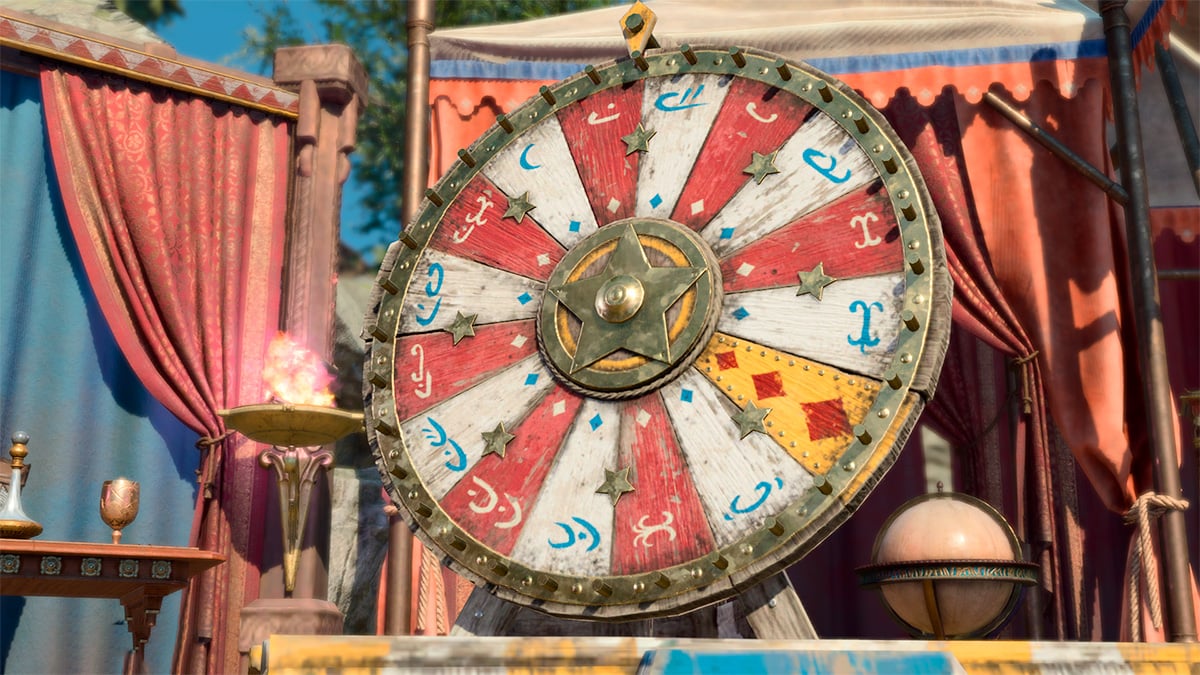
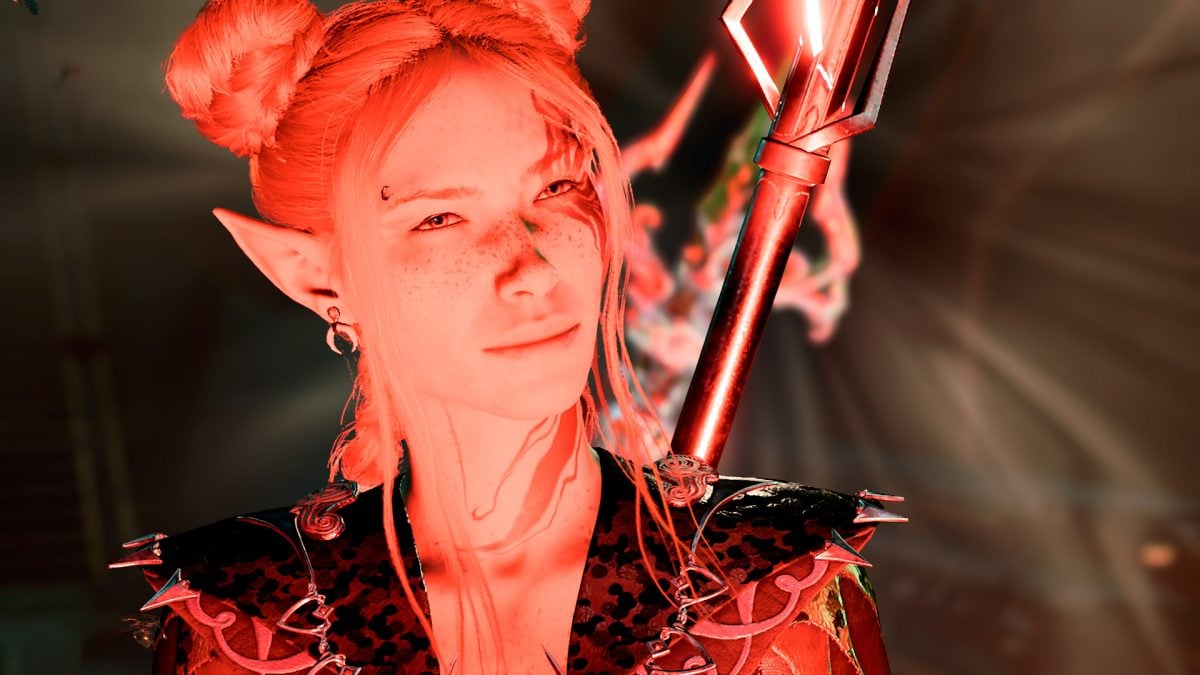
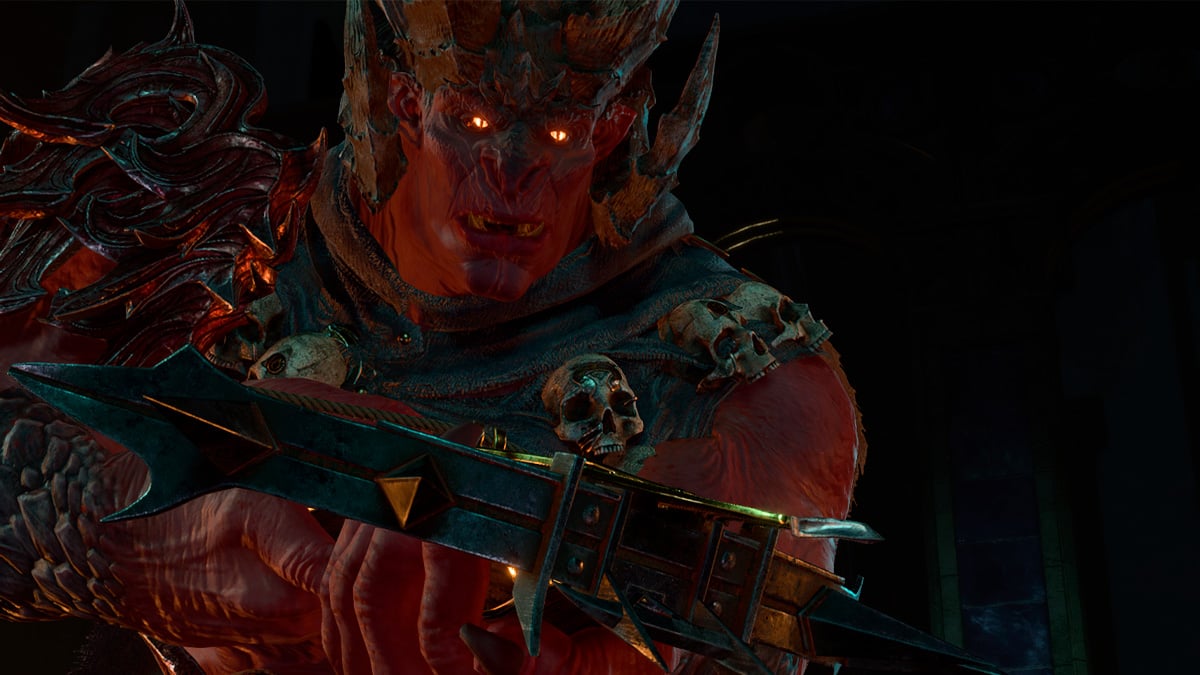
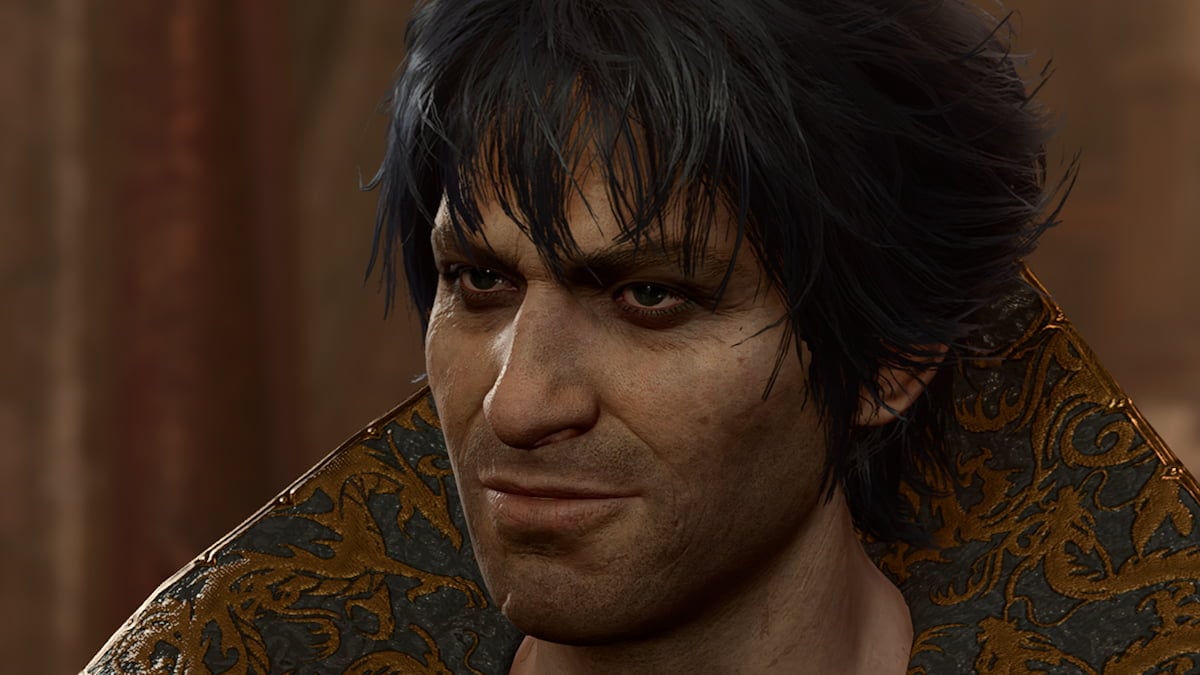
Published: Dec 1, 2023 04:30 am